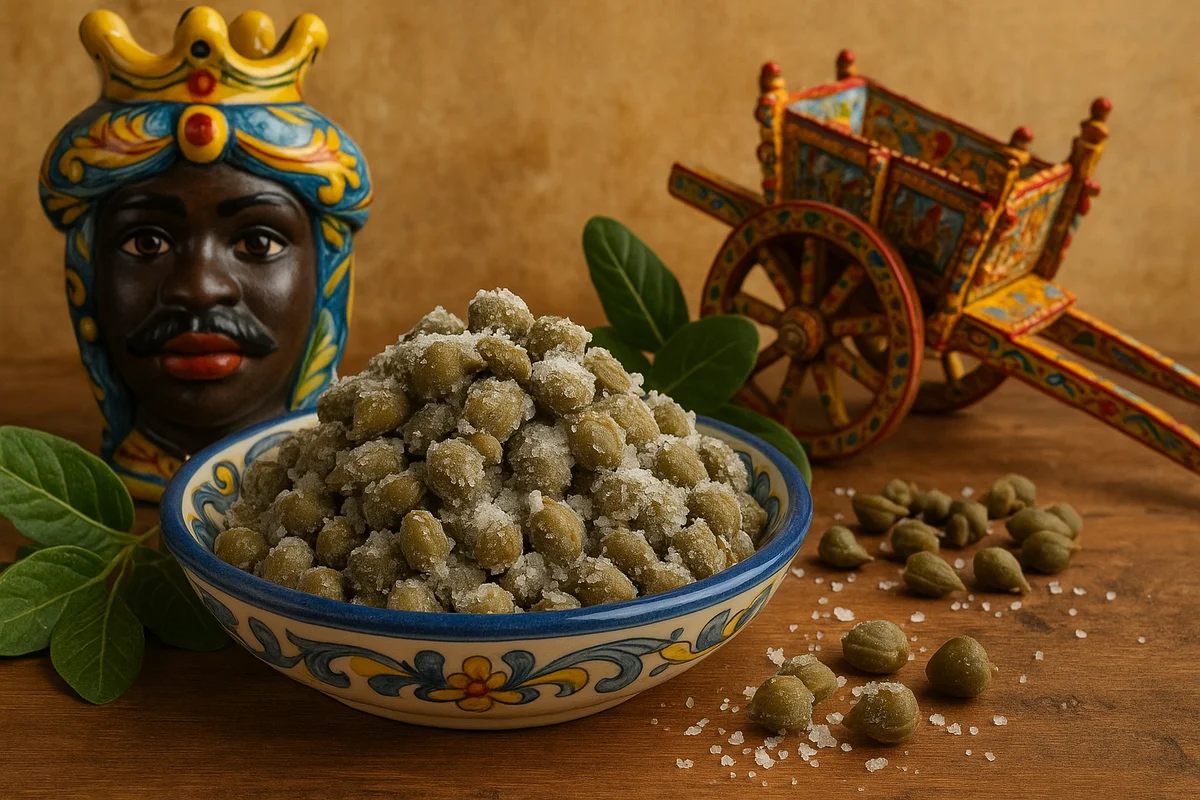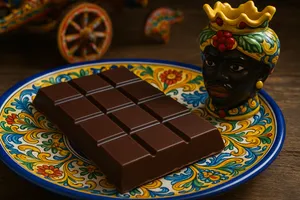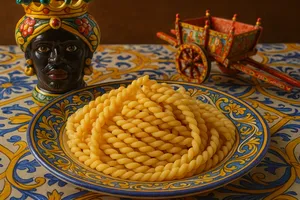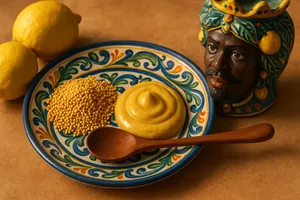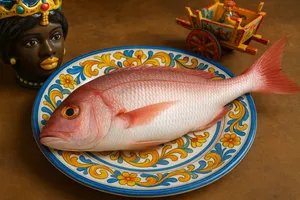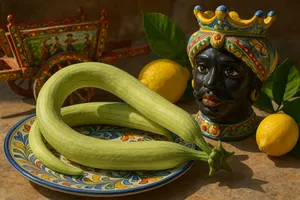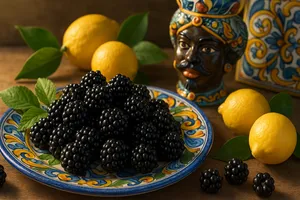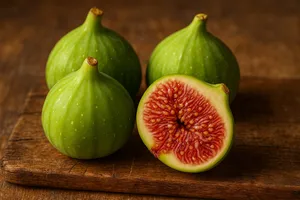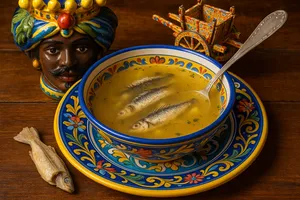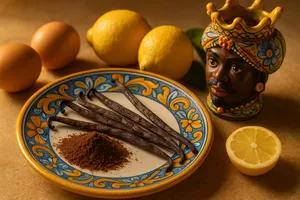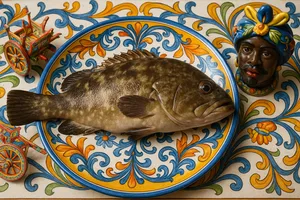Overview
Capers, known in Sicilian as “chiàppari” or “ciàppari”, are the unopened flower buds of the Capparis spinosa plant, a spontaneous shrub that grows abundantly in the coastal and rocky areas of Sicily. These small green buds, preserved in salt or brine, are among the most distinctive and indispensable ingredients of Sicilian cuisine, capable of imparting an intense, slightly piquant and aromatic flavour to countless dishes.
Sicily boasts a millennia-old tradition of harvesting and processing capers, with some internationally renowned premium productions such as the Pantelleria IGP Caper and the Salina Caper. These capers, still harvested by hand in the early morning hours, represent the pinnacle of global quality and are cherished ingredients sought after by leading chefs.
Characteristics
Capers appear as small oval buds of dark green colour, ranging in size from just a few millimetres to over a centimetre. The smallest, called “nonpareil”, are the most prized for their delicacy. Fresh capers have a firm, compact texture, while preserved ones become softer yet retain a pleasing bite.
The flavour is distinctive and unmistakable: intense, slightly piquant, with salty notes when preserved in salt, and more delicate tones when stored in vinegar. The aroma is penetrating and balsamic, with herbal and floral hints. The scent recalls the wild Mediterranean caper, pungent yet pleasant.
High-quality capers, such as those from Pantelleria or Salina, display perfect balance between assertive flavour and aromatic finesse, without being overly salty or acidic. The flesh must be firm, never mushy.
Pantelleria IGP Caper
The Pantelleria Caper, protected by the IGP designation (Protected Geographical Indication), is considered among the finest in the world. It grows spontaneously on the dry-stone walls of Pantelleria, nourished by scorching sun, wind and sea spray. It is small to medium in size, with an especially intense and aromatic flavour featuring unique balsamic notes attributed to the volcanic terroir of the island.
Harvesting takes place manually from May to September in the early morning when the buds are still tightly closed. After harvesting, the capers are left to wilt in the sun for a day, then preserved in sea salt through a repeated salting and desalting process lasting about 10 days, giving them their characteristic texture and unique flavour.
Cucunci (Caper berries)
Cucunci, known in Sicilian as “cucuncielli” or “cucuncèḍḍi”, are the fruits of the caper plant—elongated and fleshy—developing from flowers left unpicked. They are also preserved in salt or brine and used in Sicilian cuisine, especially in salads. They have a more delicate flavour than true capers and a pleasantly crisp texture. They are particularly appreciated in Pantelleria and Salina.
Culinary uses
In Sicilian cuisine, capers appear in countless dishes, from the simplest to the most elaborate.
Caponata
Capers are essential in Sicilian caponata, the celebrated sweet-and-sour aubergine dish, where they provide the distinctive savoury and aromatic note that balances the sweetness of raisins and the tang of the dressing.
Sicilian-style fish
Many fish recipes feature capers: from pasta with sardines to swordfish “alla ghiotta”, from tuna “all’agghiotta” to marinated anchovies. Capers enhance the flavour of fish, adding depth and complexity.
Salads
Capers enrich Sicilian salads, from orange salad with onions and capers to “insalata pantesca” made with potatoes, tomatoes, onions, olives and, of course, Pantelleria capers, a true symbol of the island.
Sauces and dressings
They are indispensable in many pasta sauces: from puttanesca to tuna and tomato condiments, and in summer pasta salads. Finely chopped, they are added to salsa verde for boiled meats and fish.
Meat dishes
Several Sicilian meat dishes use capers, such as “falsomagro” (farsumagru), roulades and braises, where they contribute a fragrant note that lightens the richness of the meat.
Preparation for use
Capers preserved in salt must be desalted before use. Place them in a colander under cold running water for a few minutes, rubbing them gently to remove surface salt. Then soak them in cold water for 10–20 minutes depending on size and saltiness, changing the water once or twice.
After soaking, drain and pat them dry with kitchen paper. They are then ready to use. It is important not to over-desalt them: capers should retain a certain savouriness that is part of their character.
Capers preserved in brine or vinegar simply need draining and, if the vinegar is too strong, a quick rinse. They do not require prolonged soaking like salted capers.
Storage
Salted capers keep virtually indefinitely if stored in well-sealed glass jars, completely covered with salt, in a cool, dry place. Add more salt as needed to ensure they remain fully submerged.
Capers in brine or vinegar, once opened, should be kept in the refrigerator, always covered by their preserving liquid. They last for several months. If the liquid level drops, add more brine or vinegar to keep the capers submerged.
Desalted capers ready for use keep in the refrigerator for 2–3 days in a closed container, slightly moist. They should not be left soaking in water for more than a few hours or they will lose flavour.
Buying tips
When purchasing capers, those preserved in salt are preferable to those in brine or vinegar, as they better retain flavour and texture. Small-sized capers (up to 7 mm) are the most prized and delicate.
IGP or DOP products, such as the Pantelleria Caper, guarantee origin and quality. It is important to check the label: Sicilian capers, particularly those from Pantelleria and Salina, are considered the best. Capers should be well-formed, not open or faded, and of uniform green colour.
Avoid capers with dark spots, mould or off odours. Very cheap capers often come from other regions and are of inferior quality. Price is a good indicator: authentic Pantelleria capers cost more, but the difference in flavour and aroma is remarkable.
Nutritional properties
Capers are very low in calories: 100 grams provide only about 20–25 calories. They contain virtually no fat and have low protein and carbohydrate content. Their most notable nutritional characteristic is their high sodium content due to salt preservation, which is why they must always be desalted.
Capers are rich in rutin, a flavonoid with antioxidant and vasoprotective properties, and in quercetin, another powerful antioxidant. They also contain good amounts of vitamin K, important for blood clotting, and B vitamins.
Among minerals, besides the sodium from preservation, they contain iron, calcium and magnesium. In Sicilian folk medicine, capers were considered digestive, diuretic and toning, and were also used externally as anti-inflammatory remedies.
Curiosities
The harvesting of capers in Pantelleria and Salina is an art passed down through generations. The harvesters, called “cappariḍḍare”, begin at dawn when the buds are still closed with morning dew, walking for kilometres across volcanic terraces to pick each perfect bud by hand.
A Pantelleria saying goes: “U chiàpparu è comu l’amuri, si cogghiu a matina quannu è chius” (The caper is like love: it is picked in the morning when it is closed), referring both to the need to harvest buds before they open and metaphorically to emotions that must be seized at the right moment.
In Greek mythology, the caper was believed to be a powerful aphrodisiac, a belief preserved in Sicilian folk tradition. Not by chance, the Latin name “Capparis” may derive from the Greek “kapparos”, meaning “goat”, an animal symbolising virility.
In Salina, in the Aeolian Islands, a producers’ cooperative still works according to traditional methods, preserving capers in sea salt from the Trapani saltworks using techniques passed down through generations. Their capers are exported worldwide and considered among the finest available.
During the Arab domination of Sicily, capers were used not only in cooking but also in medicine and cosmetics. The Arabs valued their invigorating properties and used them in skin treatments, a tradition that survived in some rural Sicilian areas until the last century.

